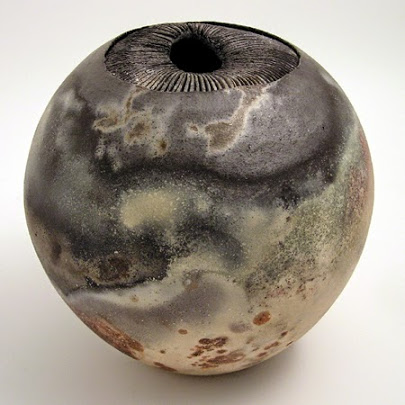Goal Concept:
Understand and be able to cultivate creativity strategies and improve time management.
Access Prior Knowledge:
“The world of reality has its limits; the world of imagination is boundless. Not being able to enlarge the one, let us contract the other.” ~ Jean Jacques Rousseau > http://goo.gl/xuuca
Instructional Strategy
- Identify similarities and differences
Learning Activity
Instructional Strategy
- Deepen Understanding
Learning Activity
New Information:
Art Ideas - Art Problems
For designers, the problem-solving process begins when a client requests help or the designer identifies a need. Fine artists generally invent their own aesthetic problems. Ideas often arise from personal experience within a cultural context. Combining awareness with empathy for others, many artists have transformed a specific event into a universal statement. For example, Picasso’s Guernica > http://goo.gl/cTYIL or Street artists JR > http://goo.gl/jF4KpZ
Sources of Ideas
Regardless of the initial motivation for their work, artists constantly scan their surroundings searching for visuals and ideas. Often the most improbable object or idea may provide inspiration.
Transform a Common Object
Frank Gehry based his armchair on the wood-strip bushel basket. If you consider all the ideas that can be generated by a set of car keys, a pair of scissors, or a compass, you will have more than enough to get a project started.
Study Nature

Ray Rogers is inspired by nature. His spherical pots suggest the colors, textures, and economy of nature. Through inventive use of materials you can reinterpret nature.
Visit Museums
Make an effort to visit all kinds of museums and galleries. Carefully observed, the history and physical objects produced by any culture can be both instructive and inspirational. Unfamiliar concepts and compositions can suggest new ideas and fresh approaches.
Be Authentic
Regardless of the source, every person approaches each problem on his or her own terms. Each of us has a unique perspective, and the connections we make will vary. As a student, you will learn more when you really embrace each assignment and make it your own. Ask questions, so that you can understand the conceptual substance of each assignment. When you re-frame the assignment in your own terms and plunge into the work wholeheartedly, the creative possibilities will expand and your imagination with soar.
The Design Process:
When confronted with a problem or the beginning of a project, the artist asks
- What is needed?
- What existing designs are similar to the design we need?
- What is the difference between the existing designs and the new design?
- How can we transform, combine, or expand these existing designs?
Convergent Thinking
The problem-solving pursuit of a predetermined goal (remember the world prose)
- Define the problem
- Do research
- Determine your objective
- Devise a strategy
- Execute the strategy
- Evaluate the results
Learn More:
Art References:
Apply Knowledge and Skills:
Create > “Wouldn’t it be a strange world if…”
Goal:
Create art that mobilizes fantasy by arresting or reversing ‘laws of nature.’
Studio Activity: “Wouldn’t it be a strange world if…”
Make up a list of 10 impossible situations based on your reactions to “Wouldn’t it be a strange world if…” Make a drawing, cartoon, collage, sculpture or painting that depicts one of your ideas.
Check these assignments:
Trigger Mechanisms: fantasize, invent, laugh
Visual Examples:
Materials: Paper, pencil, oil pastels, acrylics
Generalize, Reflect & Publish:
Instructional Strategy
- Evaluate the results
Learning Activity
Reflect > Should I go back and rework anything?
- How did you combine art elements (line, color, shape, texture, value) to develop art principles? (Unity/variety, balance, emphasis contrast, rhythm, proportion/scale, figure/ground relationship)
- Where are the dominant shapes, forms, colors, or textures that carry expressive significance?
- Why Is the work ordered and balanced or chaotic and disturbing?
- What gives the work its uniqueness?
- Is symbolism used in the work to convey meaning other than what one sees?
- Does the work evoke any feelings?
Instructional Strategy
- Providing Recognition
Learning Activity
Publish > Share your album to our G+Community > Concepts & Creations category
Display > Add your photos to the Event
Instructional Strategy
- Providing Feedback
Learning Activity
Critique >
- Give positive feedback > +1 every image that deserves it
- Give peer feedback > Give 2 peer images a VTS critique > http://goo.gl/1WWmBY
Self-assess >
- Evaluate > Thinglink Rubric Scoring Guidelines > http://goo.gl/ejQq7B or AP Padlet Scoring Guidelines > https://goo.gl/a70ikP

No comments:
Post a Comment